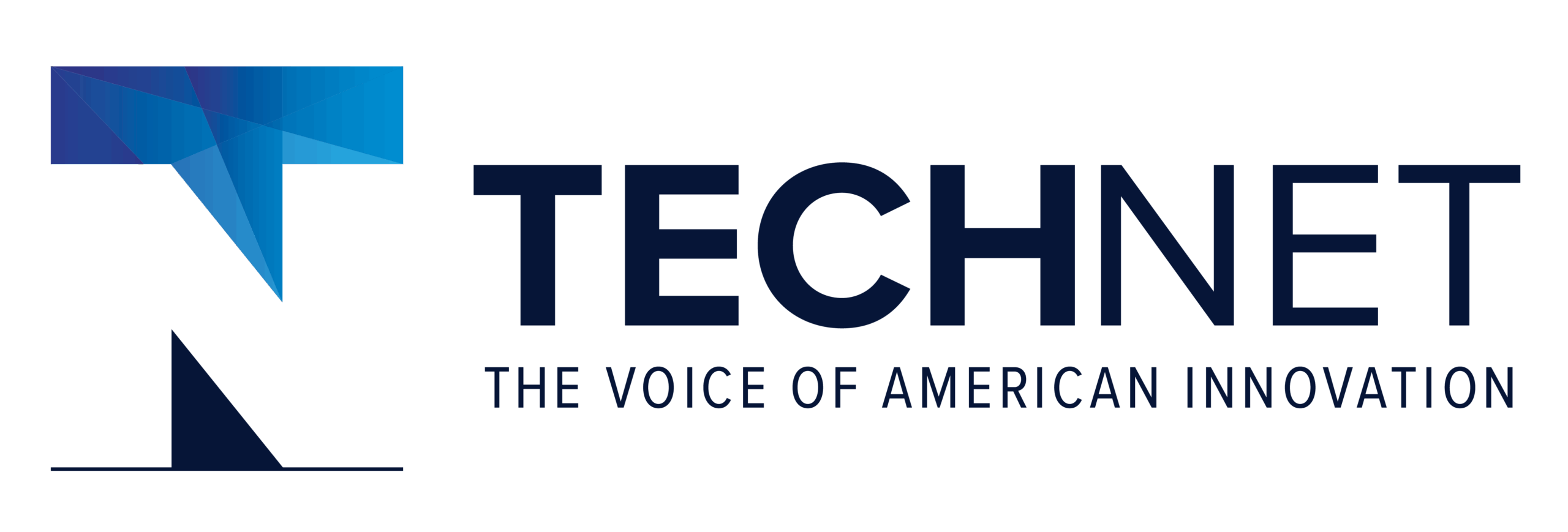Yet another winter storm struck the northeastern U.S. on Wednesday, just six days after a “bomb cyclone” hit the same region. These storms pummeled the East Coast with snow, rain and flooding, and powerful winds that toppled trees and knocked out power for 2 million people.
In the Gulf Coast Region of Texas, thousands are still rebuilding after Hurricane Harvey, and the same is true for those affected by Hurricanes Irma and Maria, as well as the California wildfires that struck in 2017.
These record-breaking storms brought devastating winds, rain, and flooding to Texas, Florida, Puerto Rico, the U.S. Virgin Islands, and several Caribbean nations. Many lives were tragically lost, and the estimated damage of these three hurricanes is in the hundreds of billions of dollars. The rebuilding will require many years. Over the same period, we also saw devastating wildfires rage across California, causing similar destruction and loss of life.
Through it all, we witnessed modern technology playing an important role in relief and recovery efforts. Innovative tech companies served as trusted partners to governments and emergency response teams, helping them connect, inform, and save lives.
At SXSW this weekend, I’ll be moderating a panel featuring New Orleans Mayor Mitch Landrieu, Federal Communications Commission Commissioner Mignon Clyburn, and Airbnb’s Head of Social Impact Kim Rubey to discuss the industry’s contributions, the lessons learned, and how federal, state, and local government agencies can work together with the technology industry to improve future relief operations.
First, we’ll touch on the many ways tech took action to help their communities. During and after the disasters, we saw:
- Airbnb connecting evacuees with shelter by activating their host communities in the surrounding areas;
- Amazon leveraging its logistics expertise, sending its Prime airplanes to deliver supplies;
- AT&T and Verizon offering free phone and data services so people could keep in touch with their loved ones;
- Bloom Energy making sure hospitals, data centers, and other critical facilities could carry on their important work by providing a resilient energy source;
- Comcast opening free Xfinity WiFi hotspots to help keep individuals and relief workers online, and donating advertising time to open airwaves for public service announcements;
- Cisco deploying their TacOps resources to the affected areas to bring communications infrastructure back online;
- DoorDash and Postmates coordinating deliveries of food and supplies to local shelters;
- Facebook enabling its Crisis Response tool to provide information about the storms and allow people to update their safety status;
- Lyft offering free rides to evacuees and coordinating food and supply drives at local shelters;
- Sunrun providing solar-powered micro-grids to restore electricity for relief workers;
- Uber offering free rides to bring people to safety;
In addition, everyday people were able to share information and photos on various social media platforms, helping supplement the information being covered by media outlets. Some went viral, helping awaken our entire nation to the full extent of the devastation in all of these places, supporting first responders in providing assistance to people, and, in one case, saving stranded manatees.
While these are several examples of how tech companies helped people in their time of need, it is by no means an exhaustive list.
After any natural disaster, we must always self-evaluate response efforts and work to improve future efforts. To that end, our panel will also examine the lessons that the tech community and government agencies learned after this series of crises. Our panelists will discuss ways we can continue to improve emergency response in order to save more lives.
To conclude, we’ll reflect on those lessons to identify ways that we all can better prepare for the next natural disaster that strikes. While we can never plan for
every contingency, this forum will serve as an opportunity for the public and private sectors to work together to improve in the future.
At the end of the day, our goal in leading this panel is to promote stronger partnerships and greater cooperation between governments at all levels, emergency response agencies, and the tech industry. We recognize that the private sector is not always going to be perfect and have all the answers, but it is through experience, self-examination, and self-criticism that we can improve our efforts and make progress.
We hope you’ll join us for the discussion. If you won’t be in Austin, you can follow along on Twitter for updates during and after the event.
